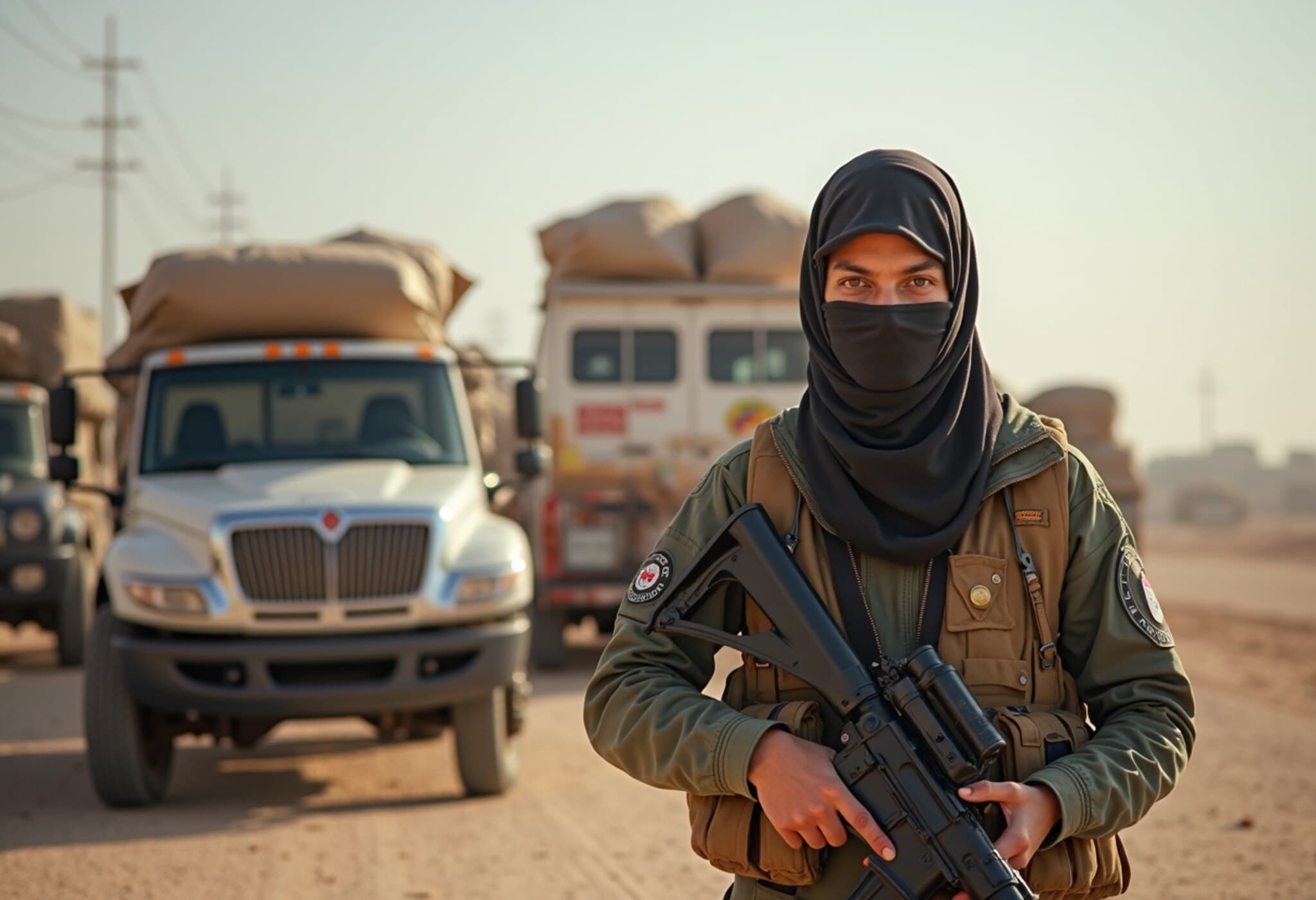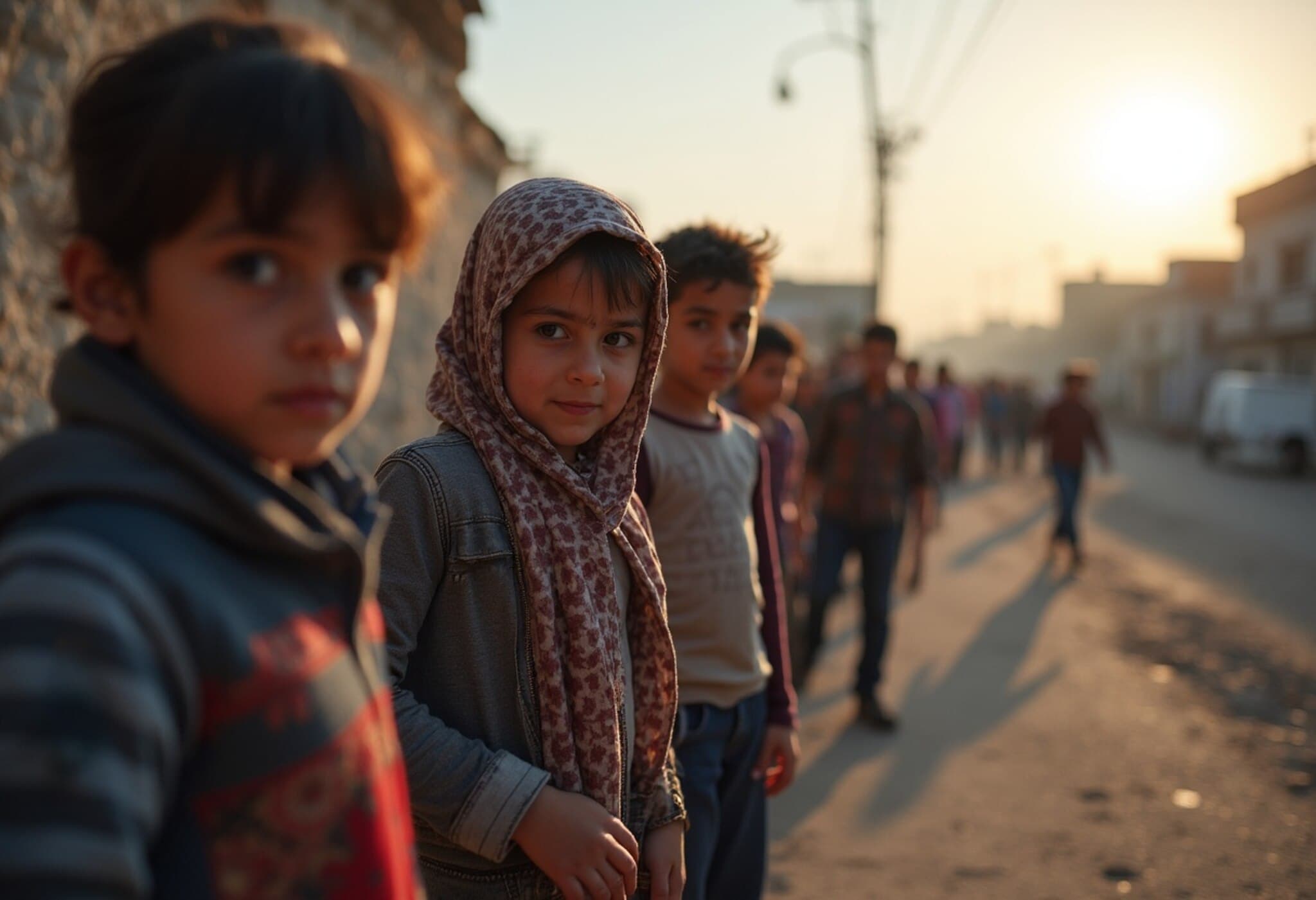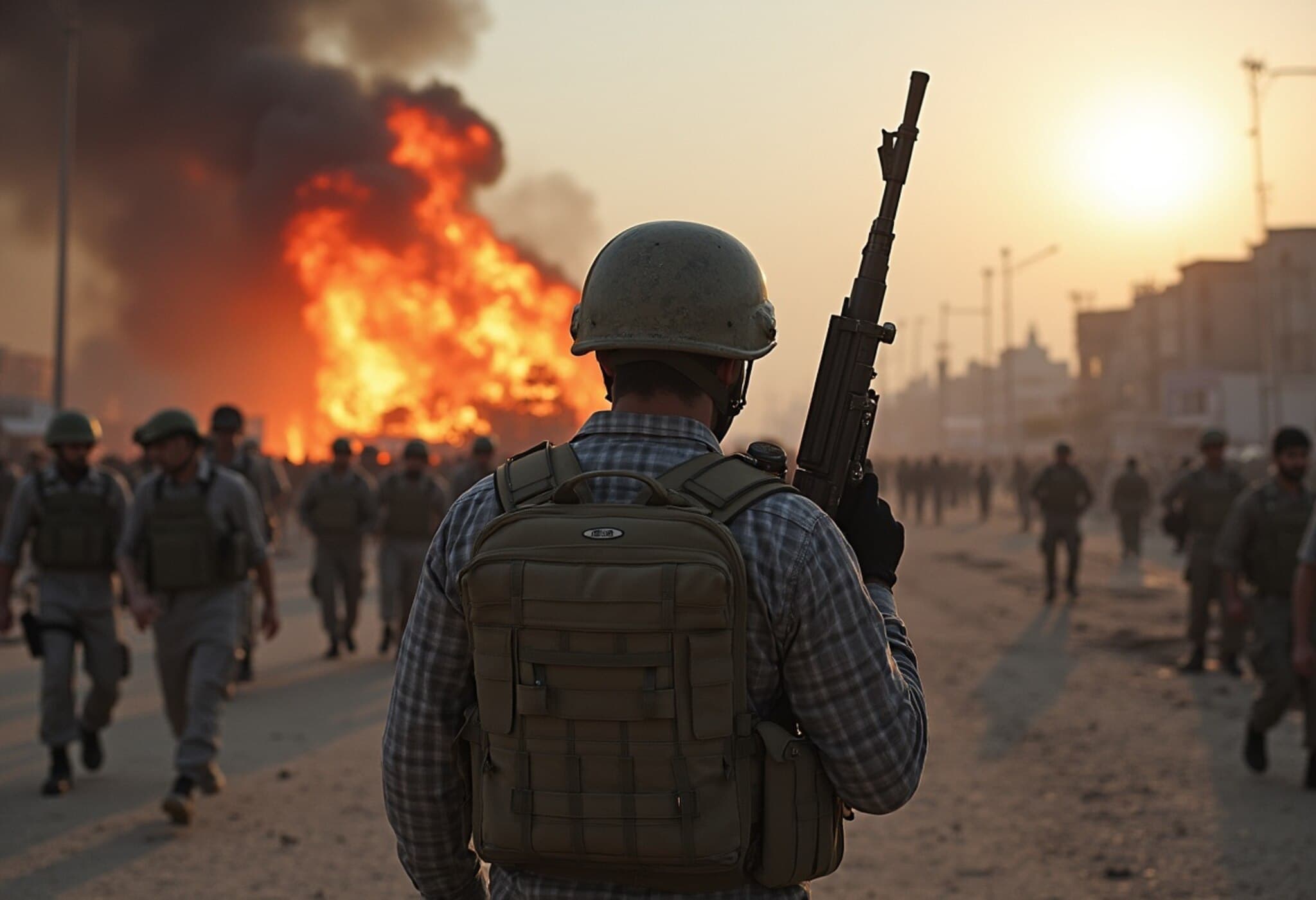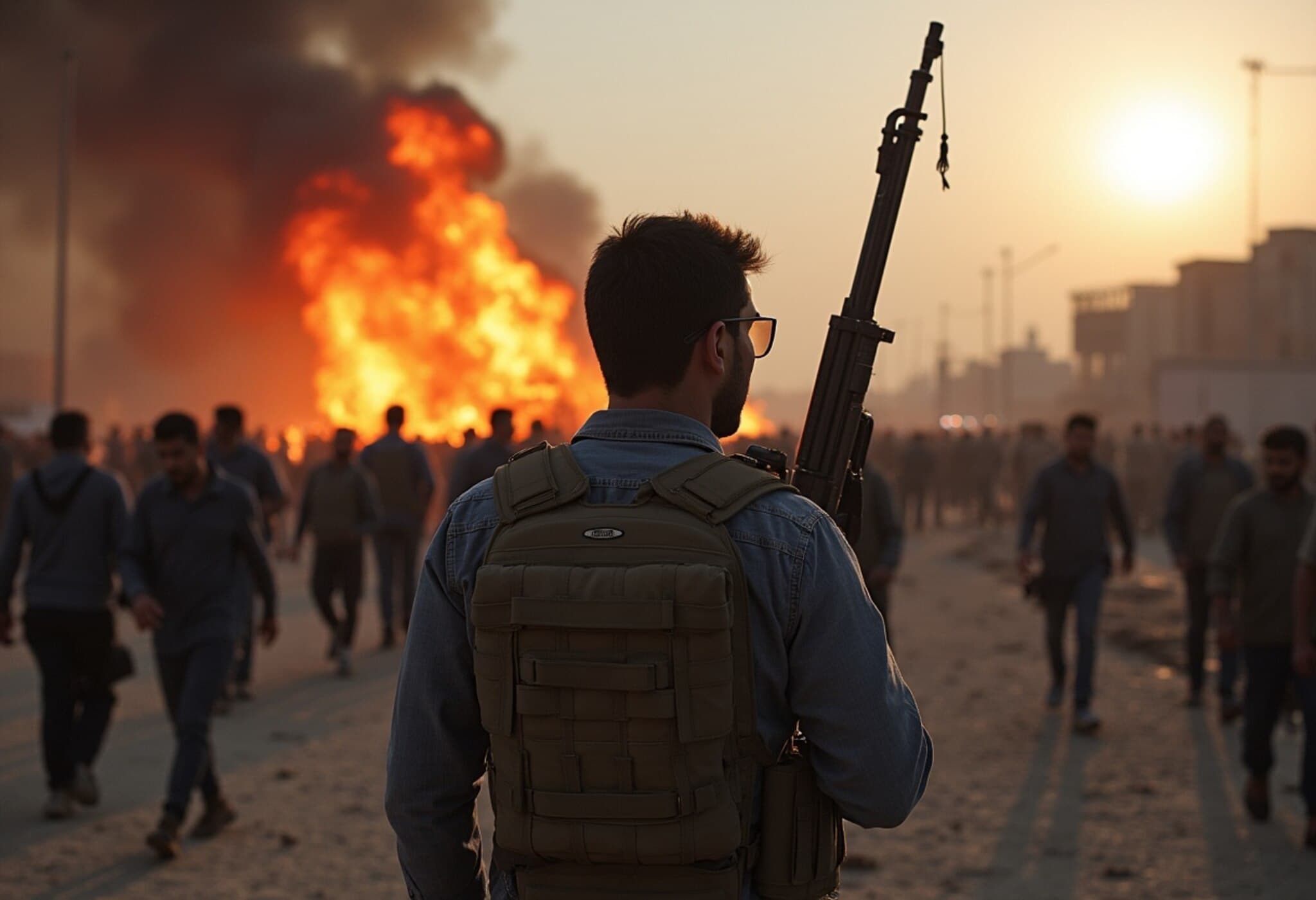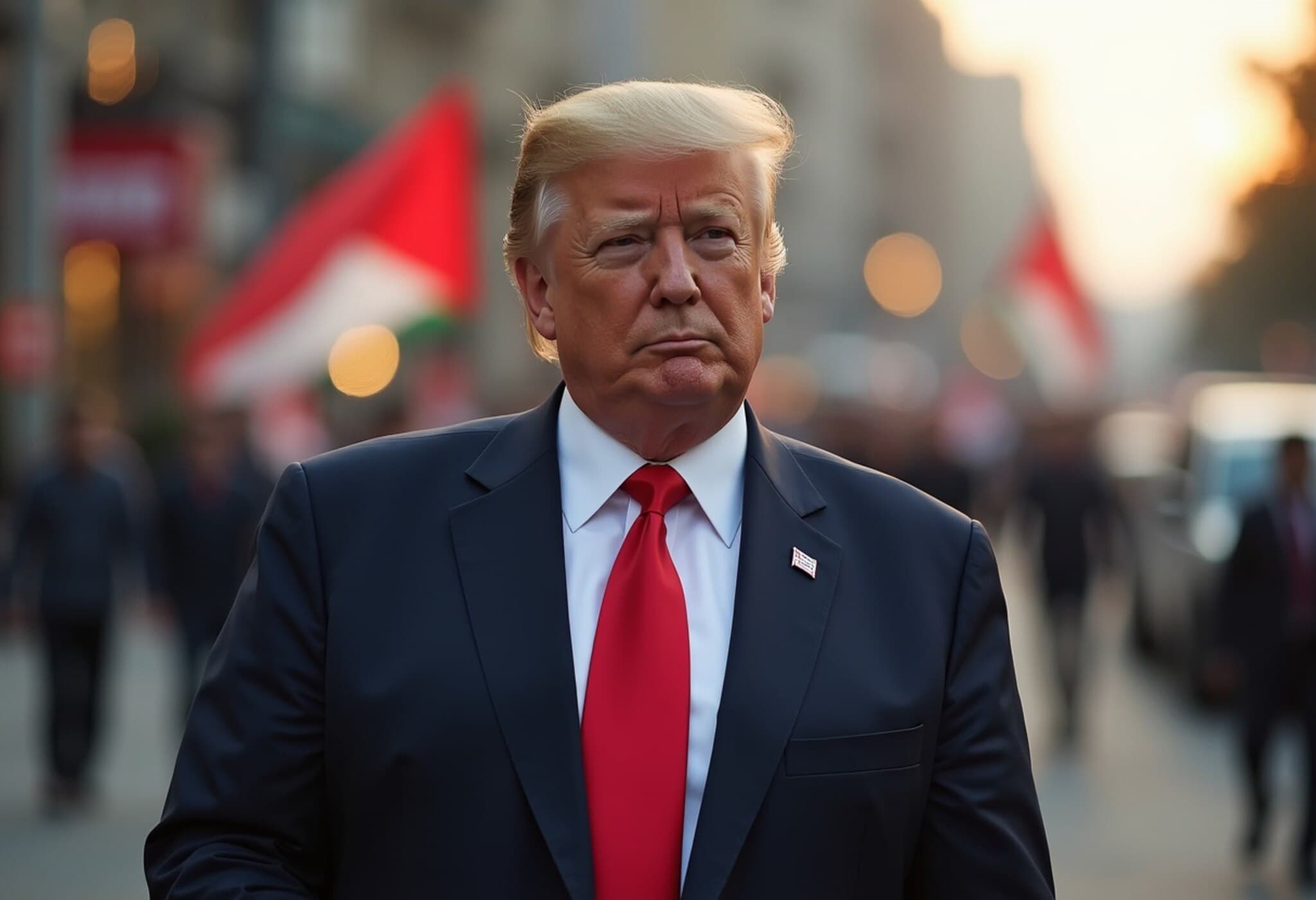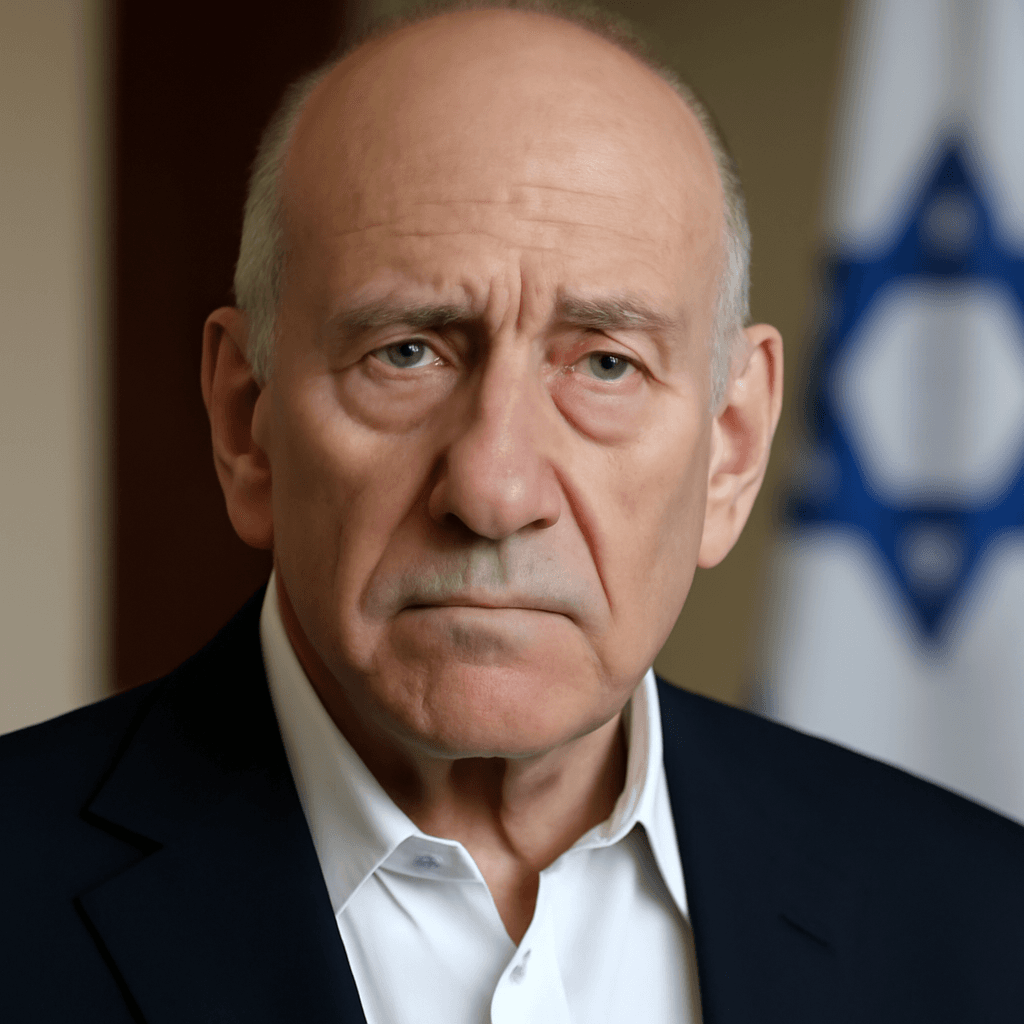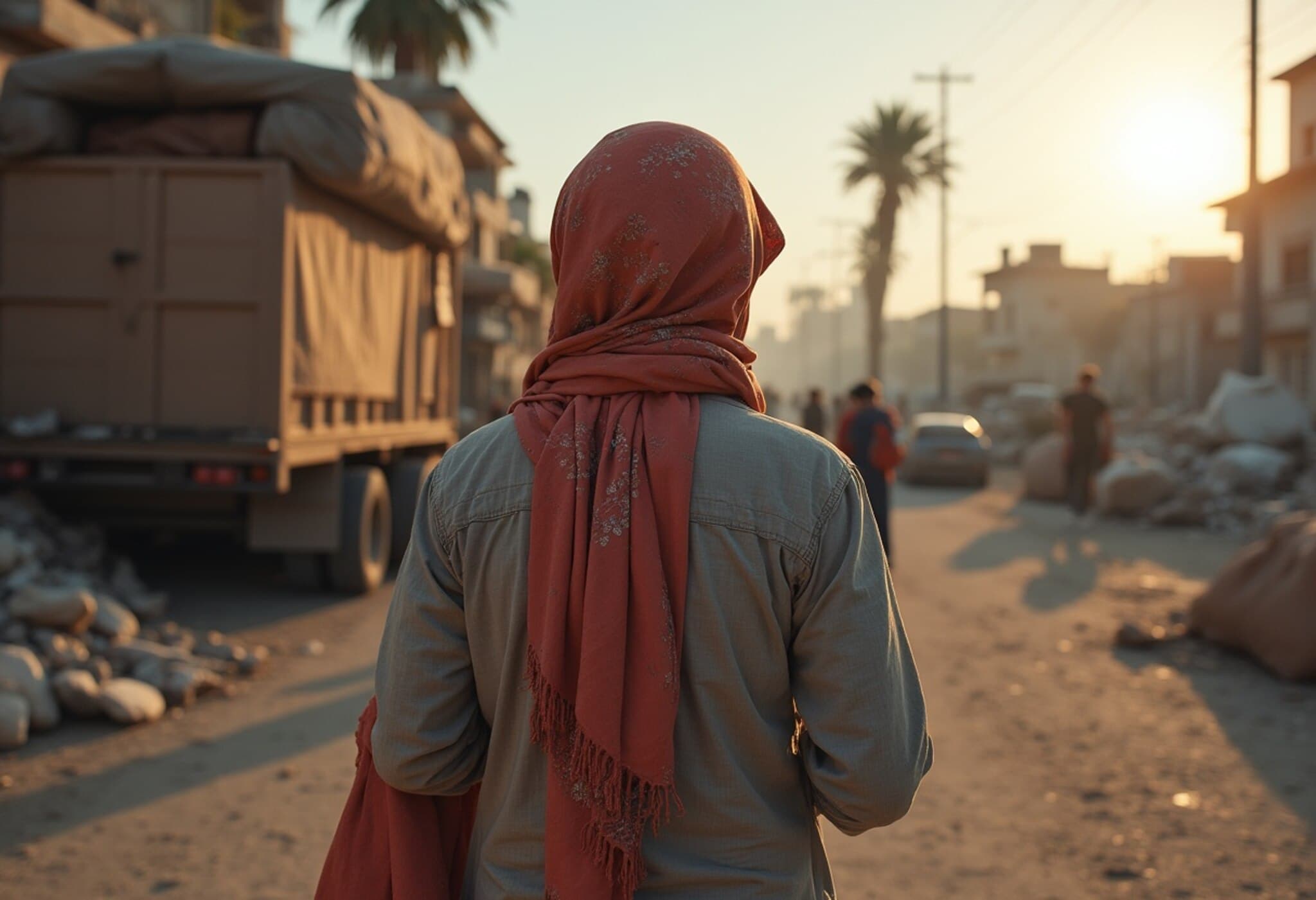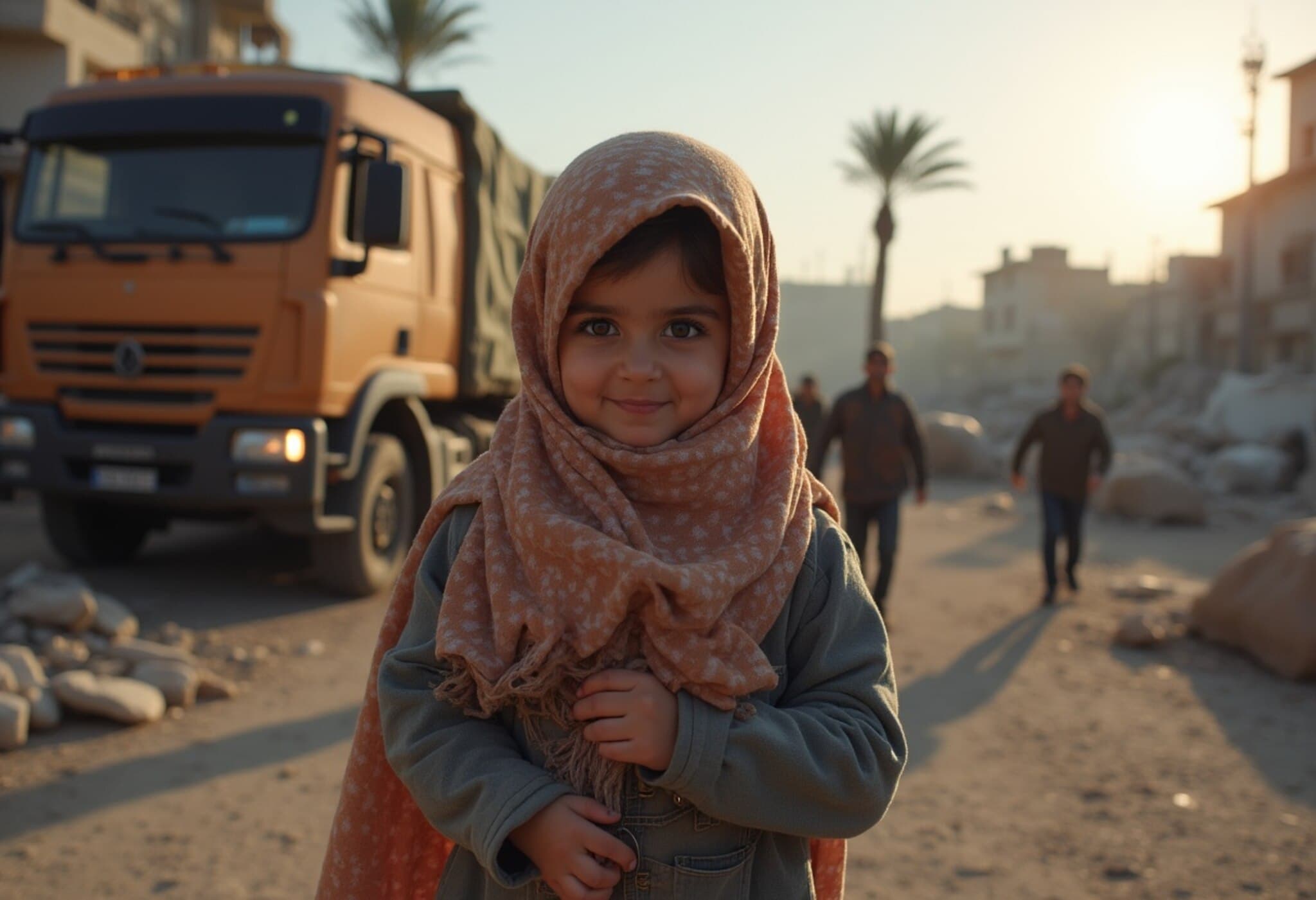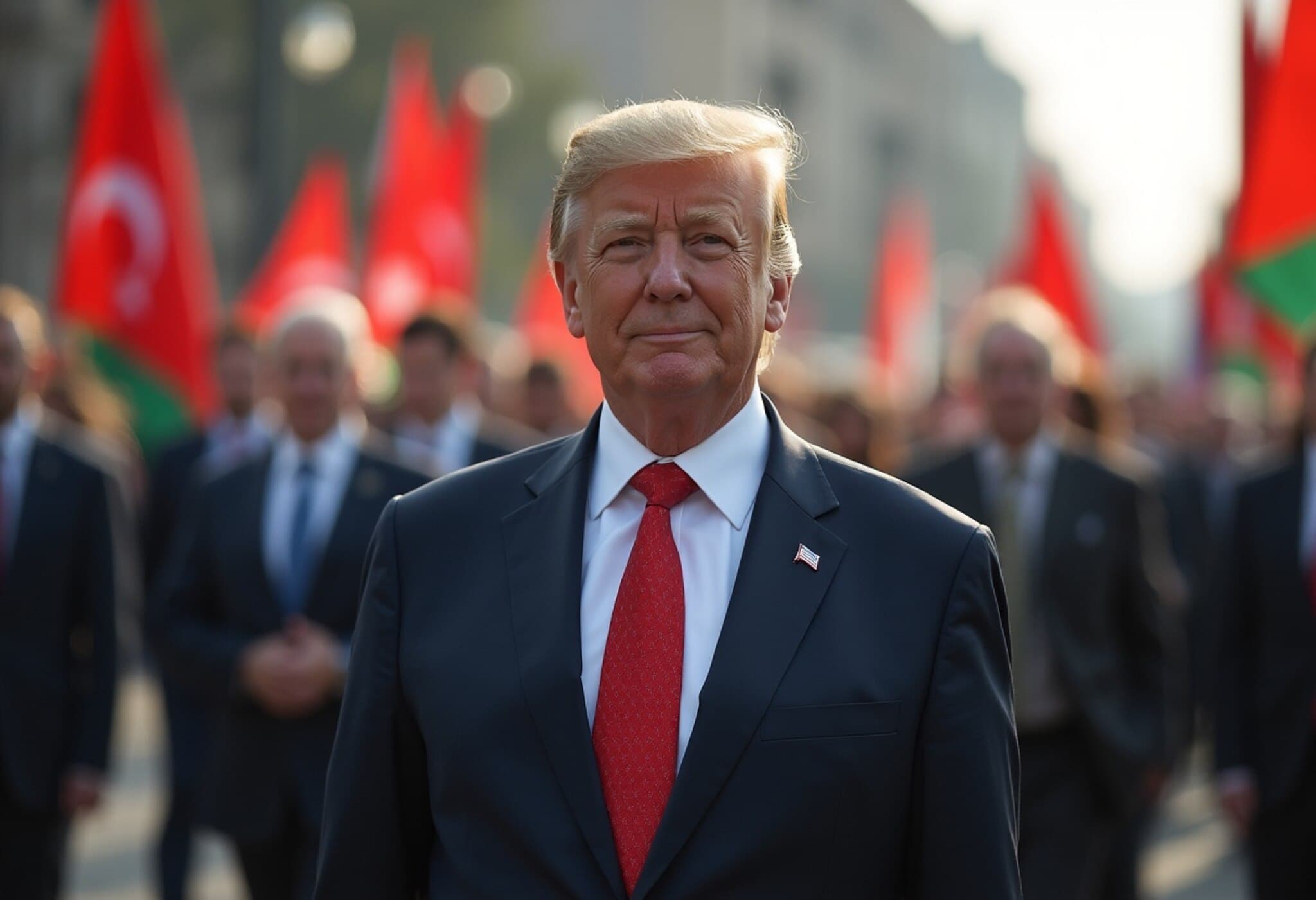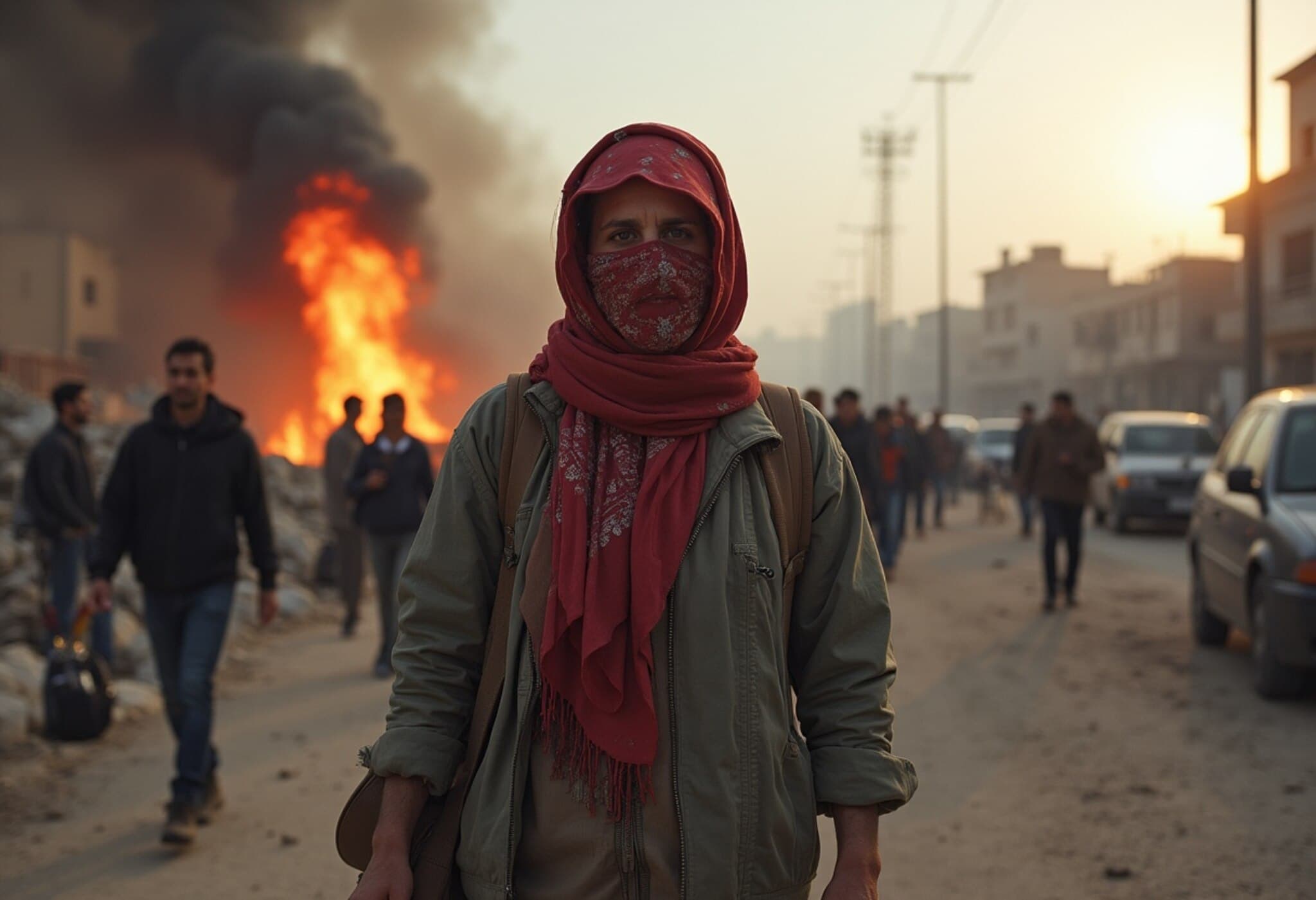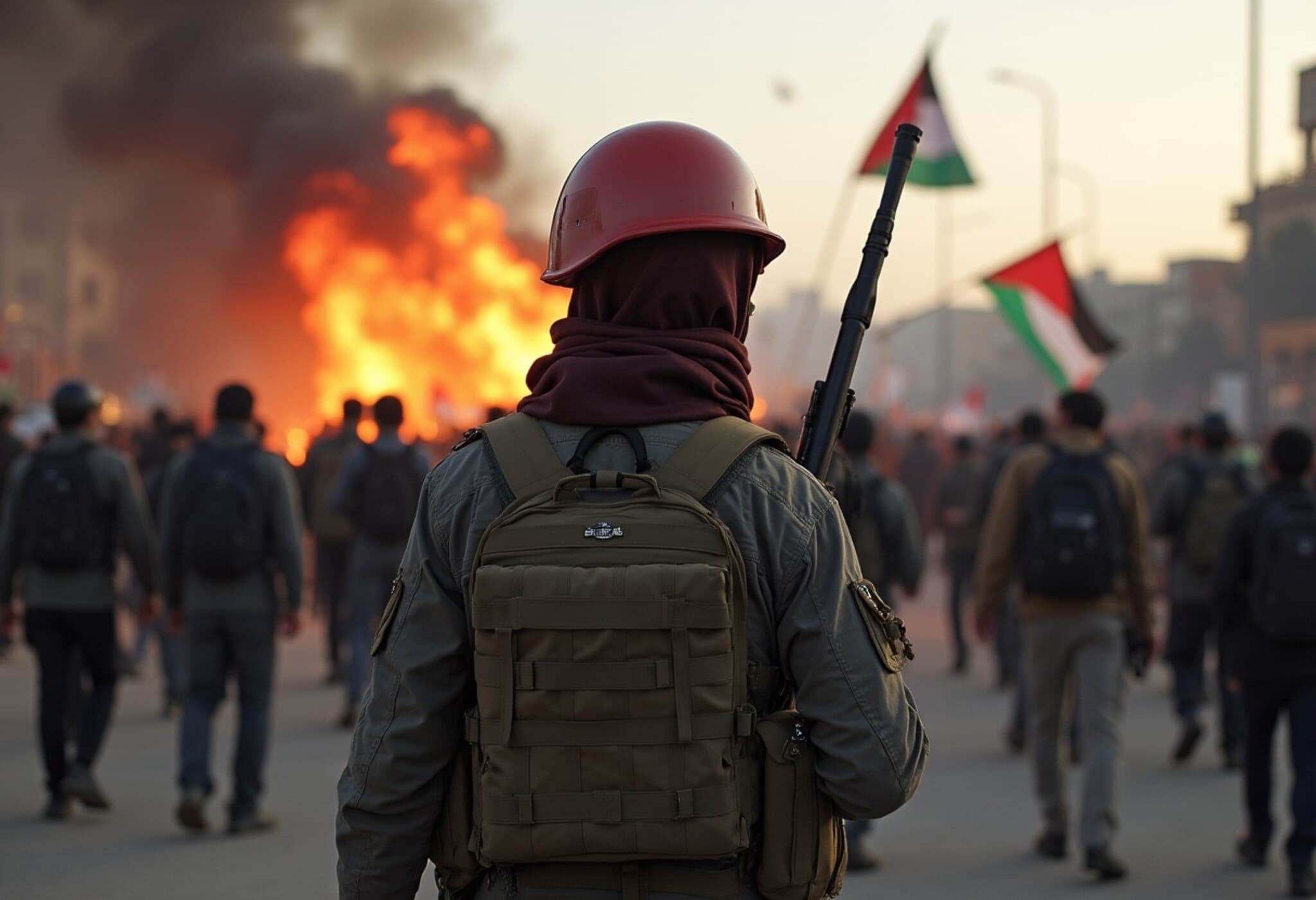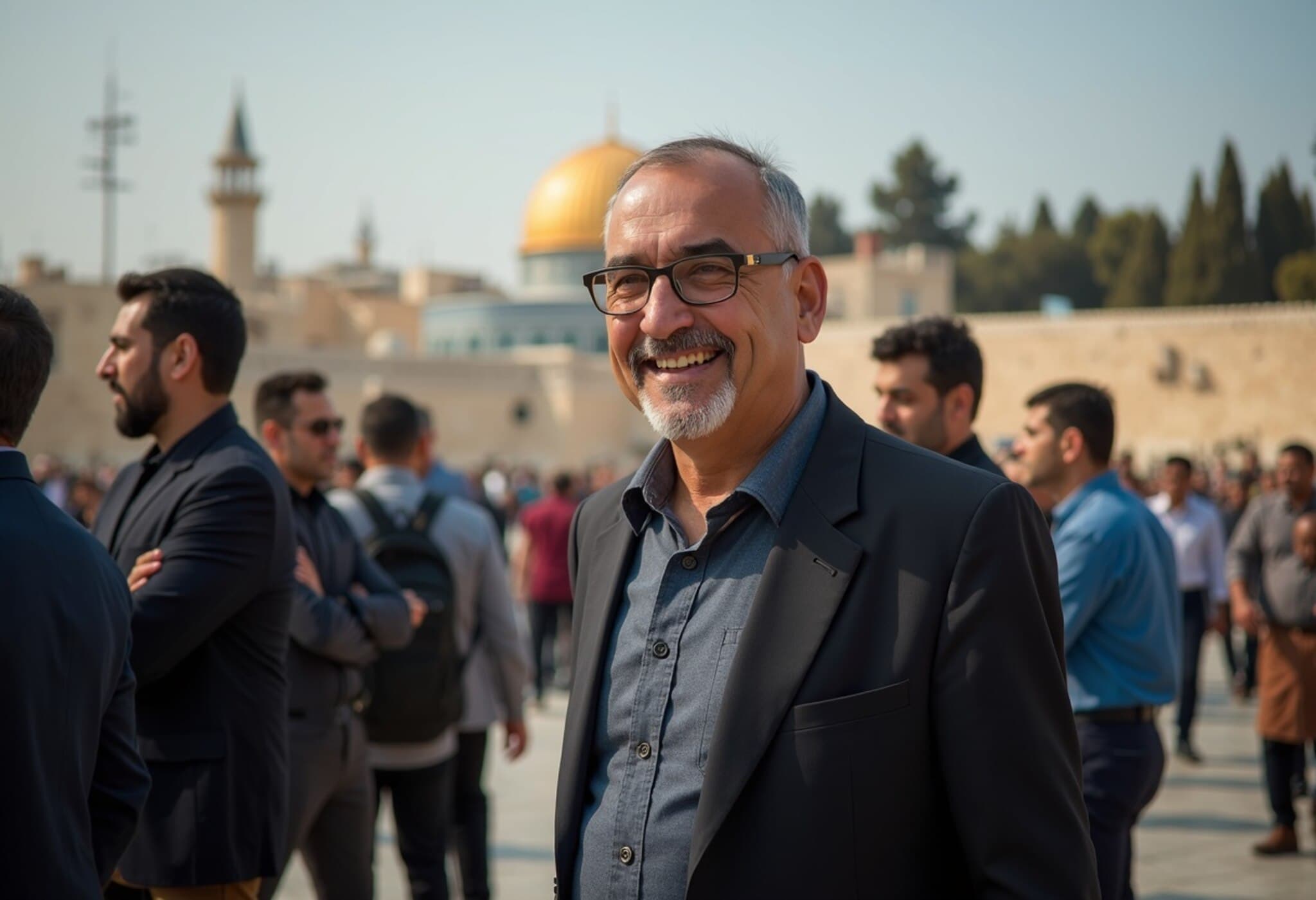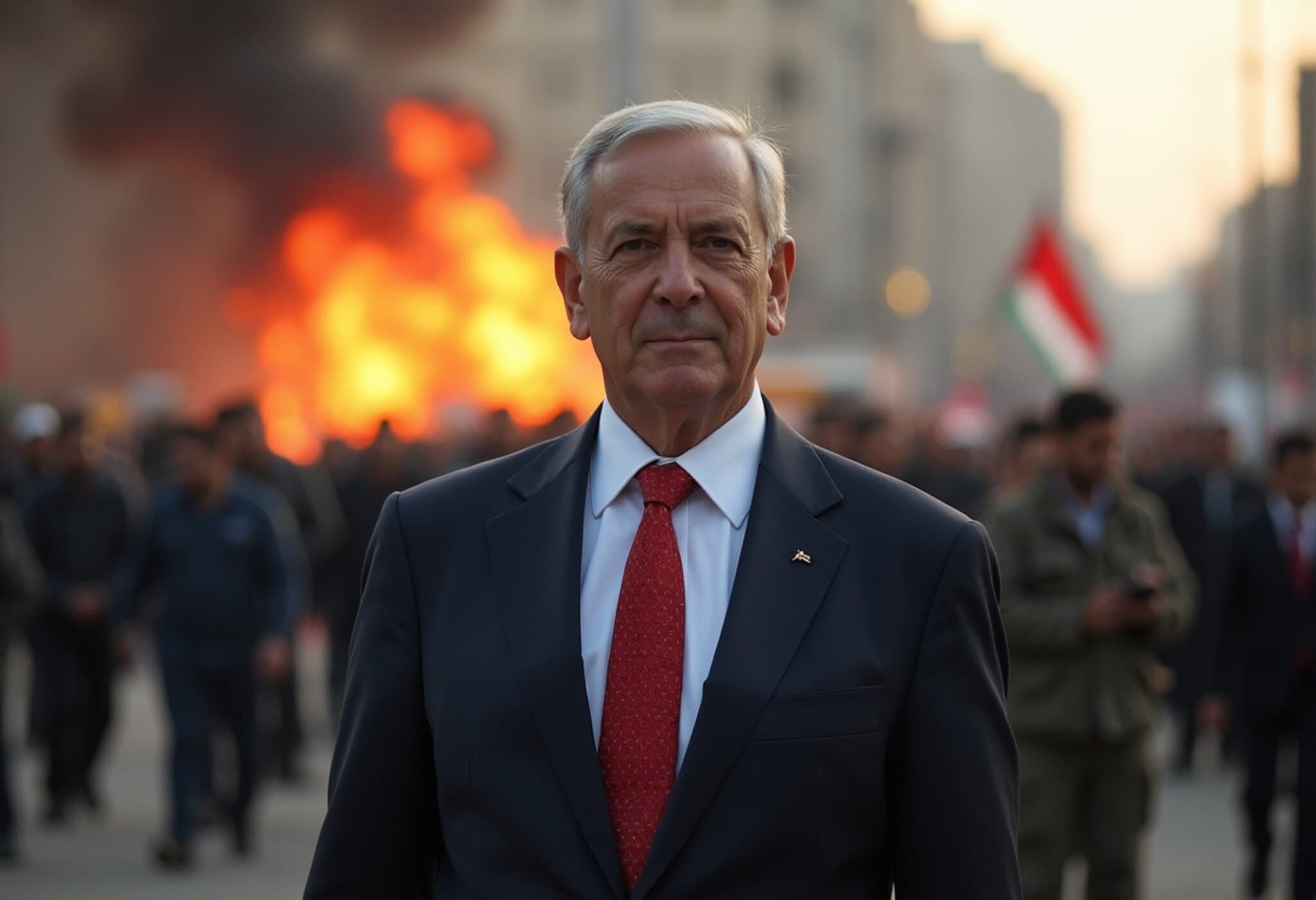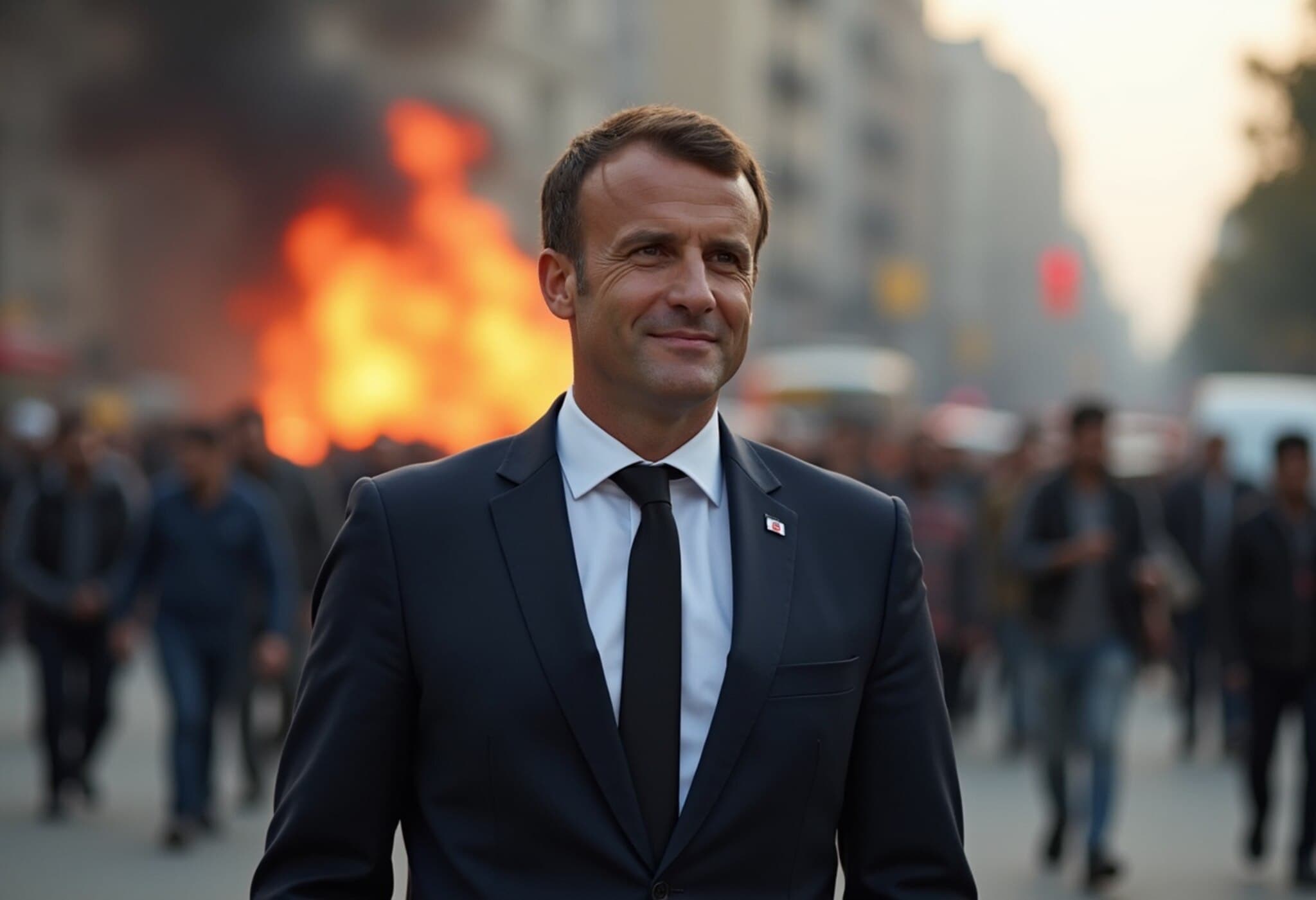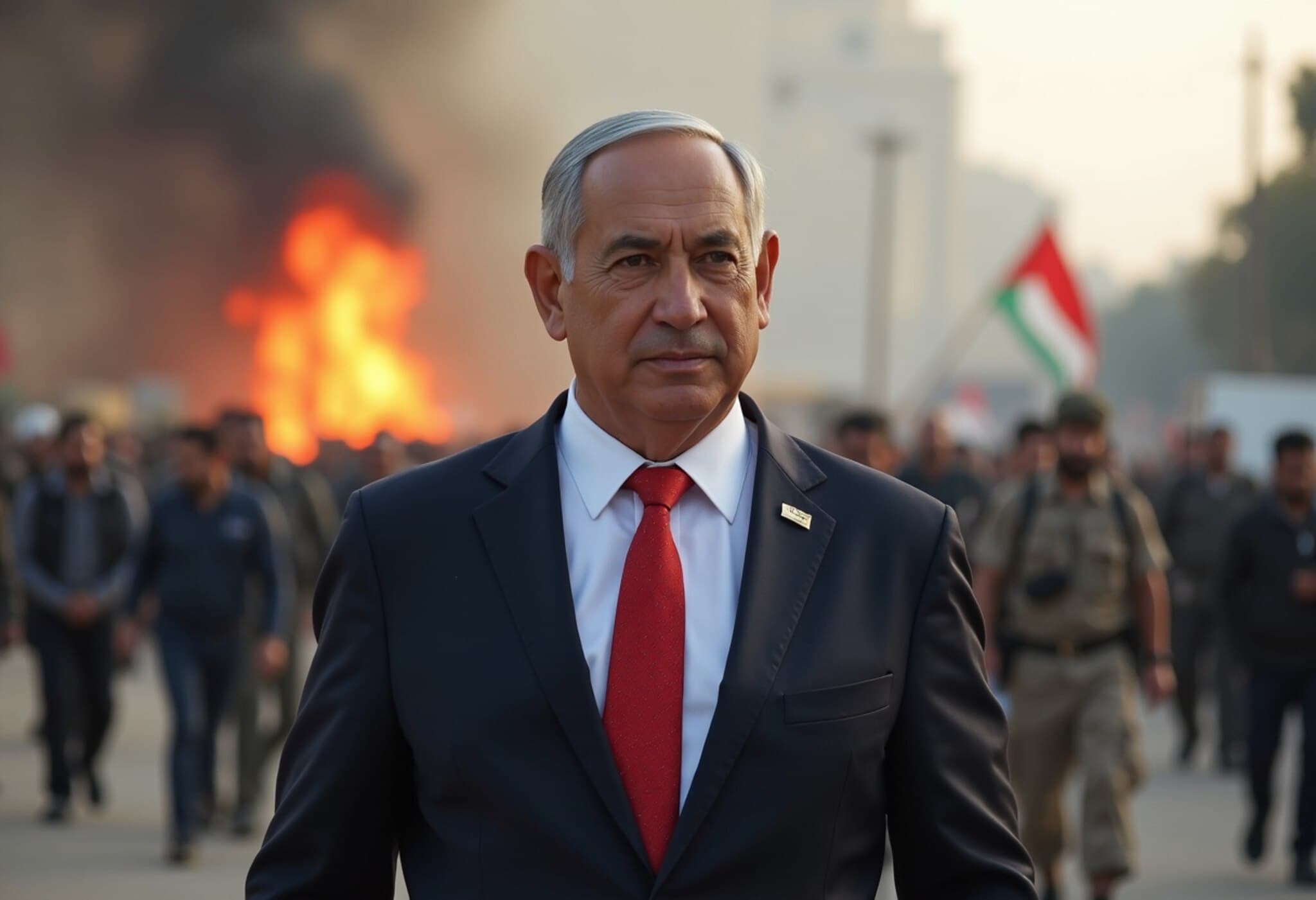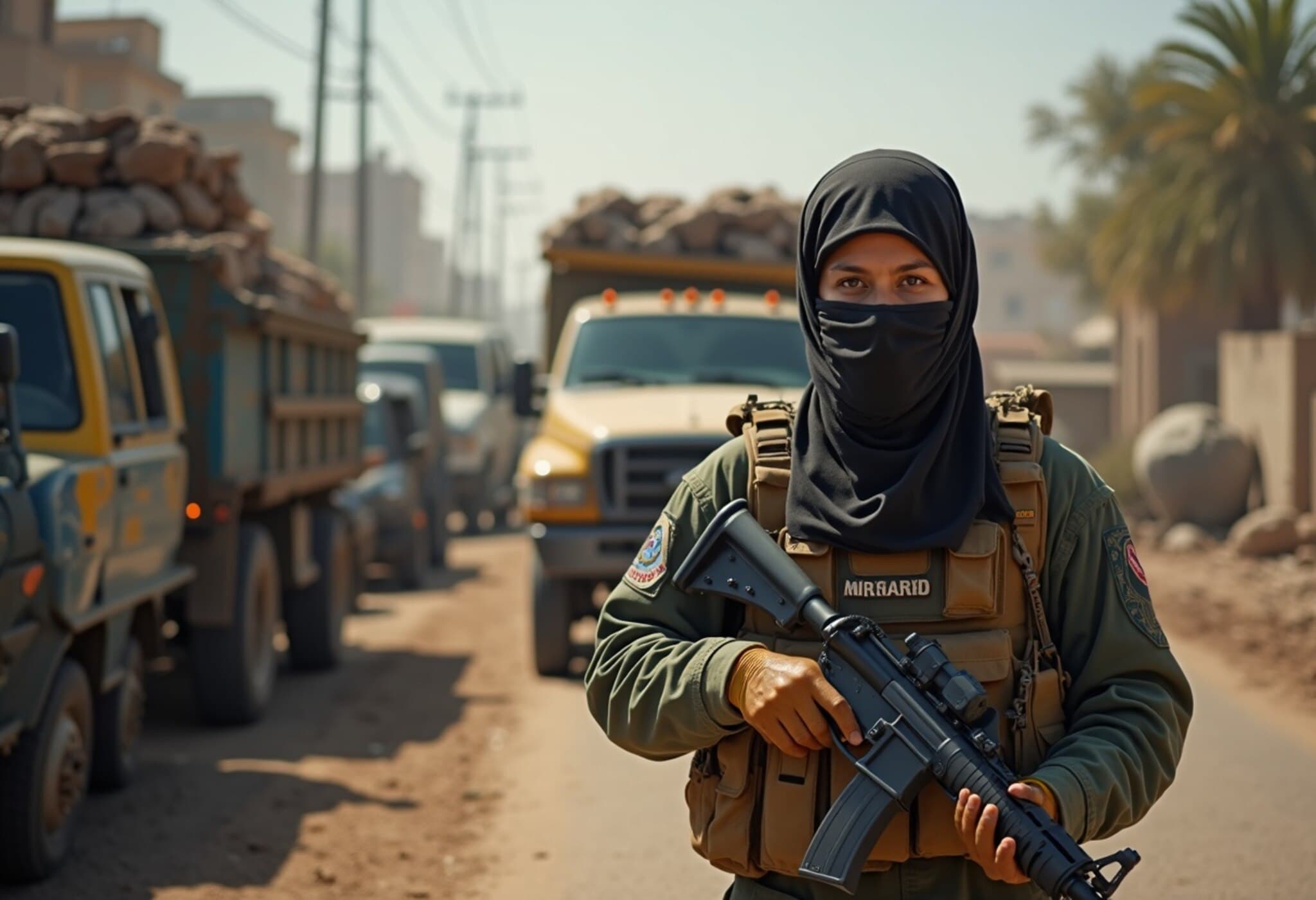Drone Strike Eliminates Militants Masquerading as Aid Workers in Gaza
In a recent operation deepening the complexity of the Gaza conflict, the Israeli Defense Forces (IDF) confirmed they targeted and killed five armed militants disguised as humanitarian aid workers. The militants used a vehicle porting the logo of the internationally respected charity, World Central Kitchen, in an attempt to mask their activities.
Details of the Incident
The strike occurred near Deir al-Balah, central Gaza, after Israeli intelligence coordinated with the U.S.-based World Central Kitchen and confirmed that the vehicle was not affiliated with the organization. The IDF stated the militants, dressed in yellow vests traditionally worn by aid workers, aimed to avoid detection while posing a threat to Israeli troops.
Footage released by the Israeli military showed the men around the branded vehicle, sparking global attention and condemnation over the misuse of humanitarian emblems.
World Central Kitchen’s Response
Expressing grave concern, World Central Kitchen emphasized that such impersonation jeopardizes the safety of genuine aid workers and civilians. The charity unequivocally condemned the exploitation of their logo for militant purposes, highlighting that this tactic endangers humanitarian operations profoundly.
Expert Analysis: Tactical Deception and Its Consequences
This incident is part of a broader pattern where militant groups allegedly exploit humanitarian symbols to shield themselves from military retaliation, complicating efforts to deliver aid and protect non-combatants. According to international humanitarian law, medical and aid personnel are granted special protections precisely to safeguard civilians during conflict.
Dr. Rachel Morris, a Middle East security analyst, explains, “This abuse of humanitarian emblems not only risks lives on the ground but also erodes the essential trust that organizations like the Red Crescent and World Central Kitchen rely on to operate effectively.”
Historical Context of Attacks on Aid Workers
- In April 2024, an Israeli strike mistakenly killed humanitarian personnel at a World Central Kitchen site, including Australian volunteer Zomi Frankcom. This tragic error prompted an official investigation.
- March 2025 saw one of the deadliest attacks on medical staff in Gaza, with eight Red Crescent workers, six civil defense members, and a UNRWA staffer killed and their bodies later discovered in mass graves. Investigations cited professional failings and sparked international debate over compliance with the laws of armed conflict.
Such incidents fuel a cycle of mistrust and complicate the delivery of much-needed medical and food aid amidst the ongoing Gaza war.
Ceasefire Talks and Hostage Negotiations: A Fraught Path Forward
Meanwhile, amid escalating conflict, Israeli Prime Minister Benjamin Netanyahu has signaled a shift in ceasefire efforts, now focusing on securing the release of all hostages held by Hamas simultaneously rather than piecemeal. This comes as 50 hostages remain in captivity following the October 2023 attack that inflamed the war.
Regional mediators, notably Egypt and Qatar, reportedly proposed a framework linking hostage release to a lasting ceasefire and Israeli withdrawal. However, talks have encountered obstacles, leaving the path to peace uncertain.
Humanitarian Crisis Deepens
The United Nations reports severe levels of malnutrition and starvation in Gaza, exacerbating the already dire humanitarian situation for nearly 2 million residents amid the military offensive.
Experts warn the use of humanitarian disguises by militants further complicates aid delivery, endangering neutral personnel and prolonging civilian suffering.
Editor's Note
This tragic episode underlines the complexities and moral dilemmas in modern asymmetric warfare, where distinctions between combatants and civilians are increasingly blurred. The misuse of humanitarian symbols not only risks immediate lives but threatens the long-term efficacy of aid organizations in conflict zones. As ceasefire negotiations languish and hostilities persist, the international community faces pressing questions about how to protect civilian lives and uphold international humanitarian norms.
How can aid organizations navigate such dangerous environments responsibly? What mechanisms can enforce accountability for those who exploit humanitarian protections? And crucially, can diplomatic efforts rise above entrenched positions to alleviate suffering for Gaza’s civilians caught in the crossfire?

